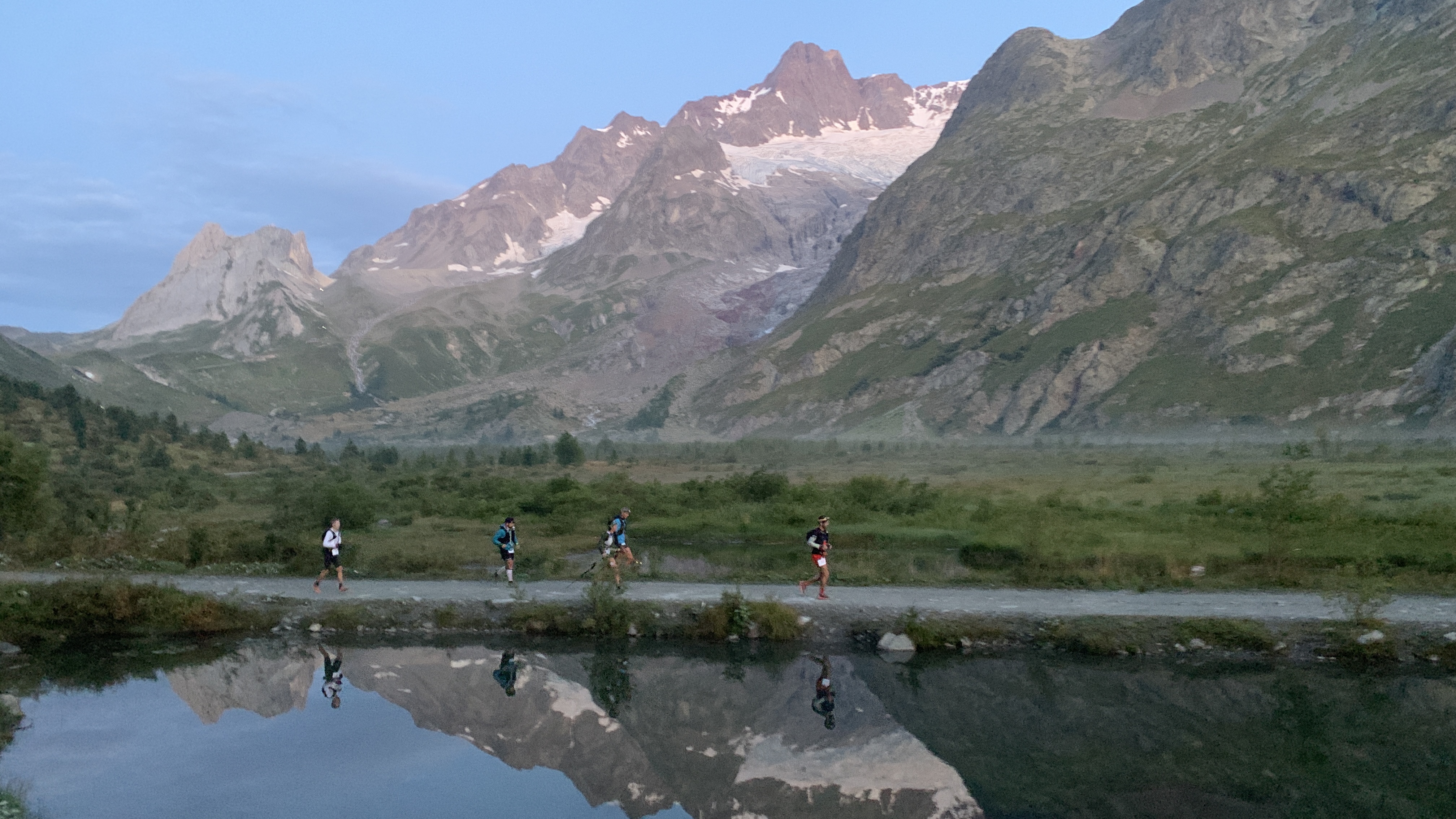
The world of running has changed significantly in the last 30 years. While road running has maintained its popularity, with marathons like New York, Boston and London attracting hundreds of thousands of applicants every year, there’s been a remarkable boom elsewhere. The rise of trail running, road running’s slightly unhinged sibling, has opened up a whole new world of adventure races. It’s a world that’s growing exponentially.
From short races to epic, multi-day undertakings across mountain ranges and desserts, the massive variety of events available to avid trail runners is astonishing. There’s a glut of magnificent races out there and no one will ever be able to run them all to definitively say which are the best. Here's the lowdown on some of the most historic, legendary, dramatic and coveted trail races in the world today.
What are the world’s most legendary trail races?
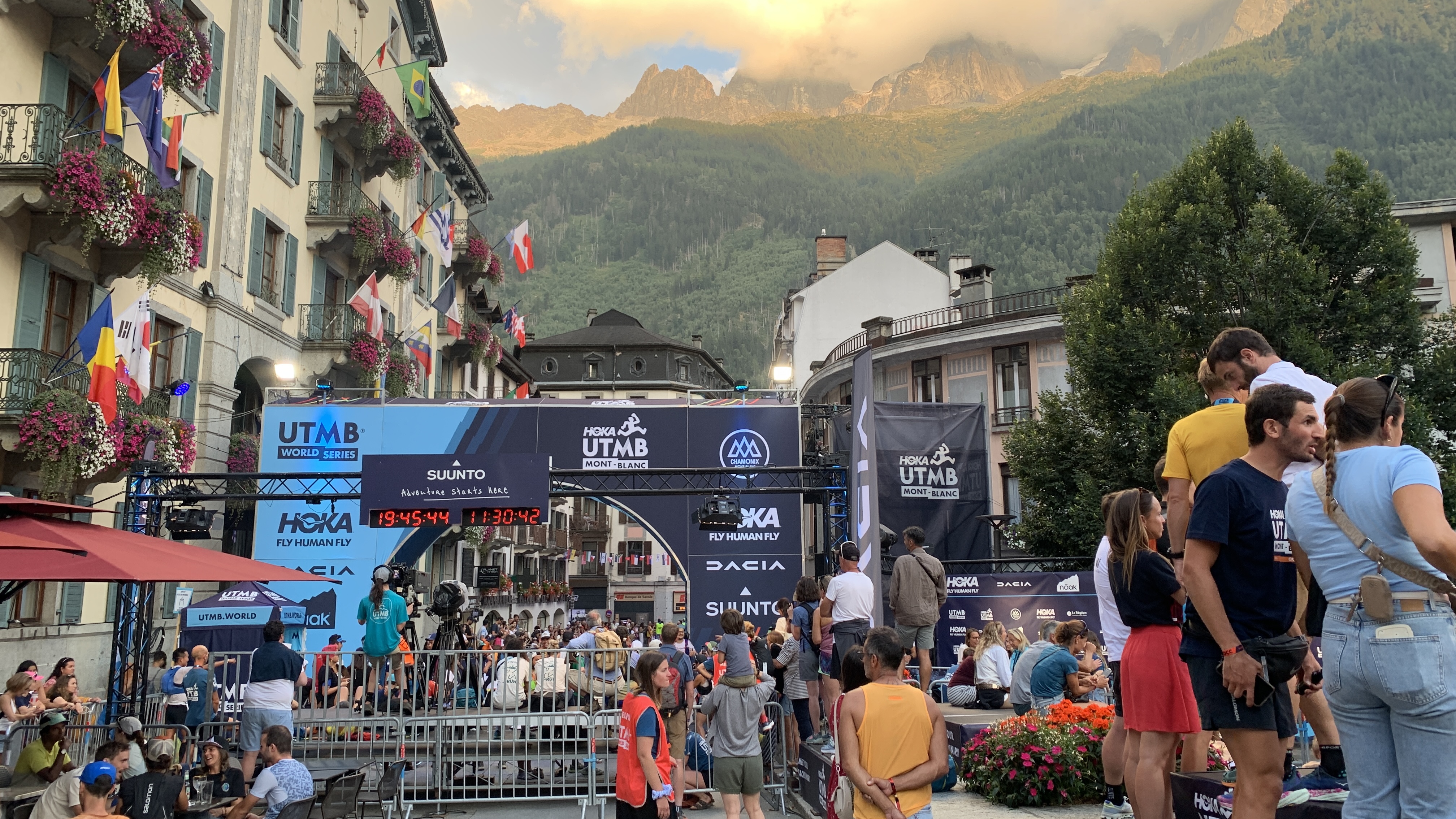
Sierre-Zinal Race – the iconic and beautiful 31km race in the Swiss Alps
Glen Coe Skyline – the technically challenging 34-mile skyrace in the Scottish Highlands
Hardock 100 – the legendary high-altitude race in Colorado’s San Juan mountains
Western States 100 – the original 100-miler and still one of the best in gorgeous California
Ultra Trail du Mont Blanc – a brutal lap of Mont Blanc in the Alps
Barkley Marathons – a savage challenge in Tennesee’s Frozen Head State Park
Dragon’s Back Race – the stunning 6-day traverse of the hills and mountain of Wales
Marathon des Sables – the challenging 6-stage race across the Sahara Desert in Morocco
Skyrunning races
Skyrunning takes hilly trail running and elevates it up onto the mountain trails, often involving highly technical, scrambling terrain. Its popularity has surged over the last few decades and there are many legendary races.
Sierre-Zinal Race
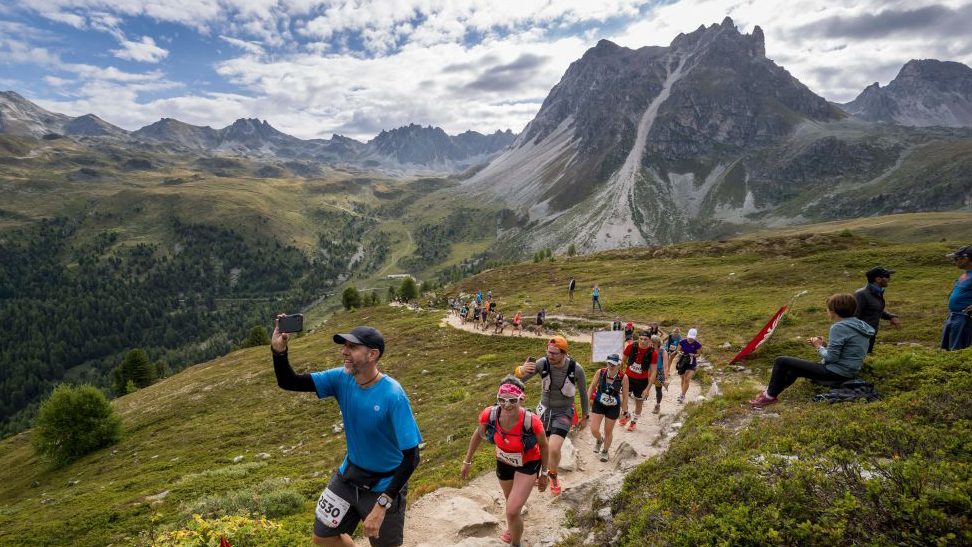
The Swiss canton of Valais is home to some of Europe’s most breathtaking and iconic mountains, including the peerless Matterhorn. It’s also home to the 31-kilometer Sierre-Zinal Race, one of the world’s most famous skyraces. Runners tackle a daunting mountain trail, ascending 2,200 meters before a glorious traverse is followed by a stunning descent to the finish line at the village of Zinal. The race is known as La course des Cinq 4000 (the course of the five 4,000ers) in reference to the 4,000-meter peaks seen from the trails: Weisshorn, Zinalrothorn, Obergabelhorn, Dent Blanche and, of course, the Matterhorn.
The race has been running for more than half a century and its traditions and community are part of what keeps runners coming back for more. It’s a favorite of the legendary Kilian Jornet, who has won the race for a record ten times, all since 2009. He’s clearly not finished yet either, having set a course record of 2 hours, 25 minutes and 34 seconds on the way to triumph in 2024.
Glen Coe Skyline
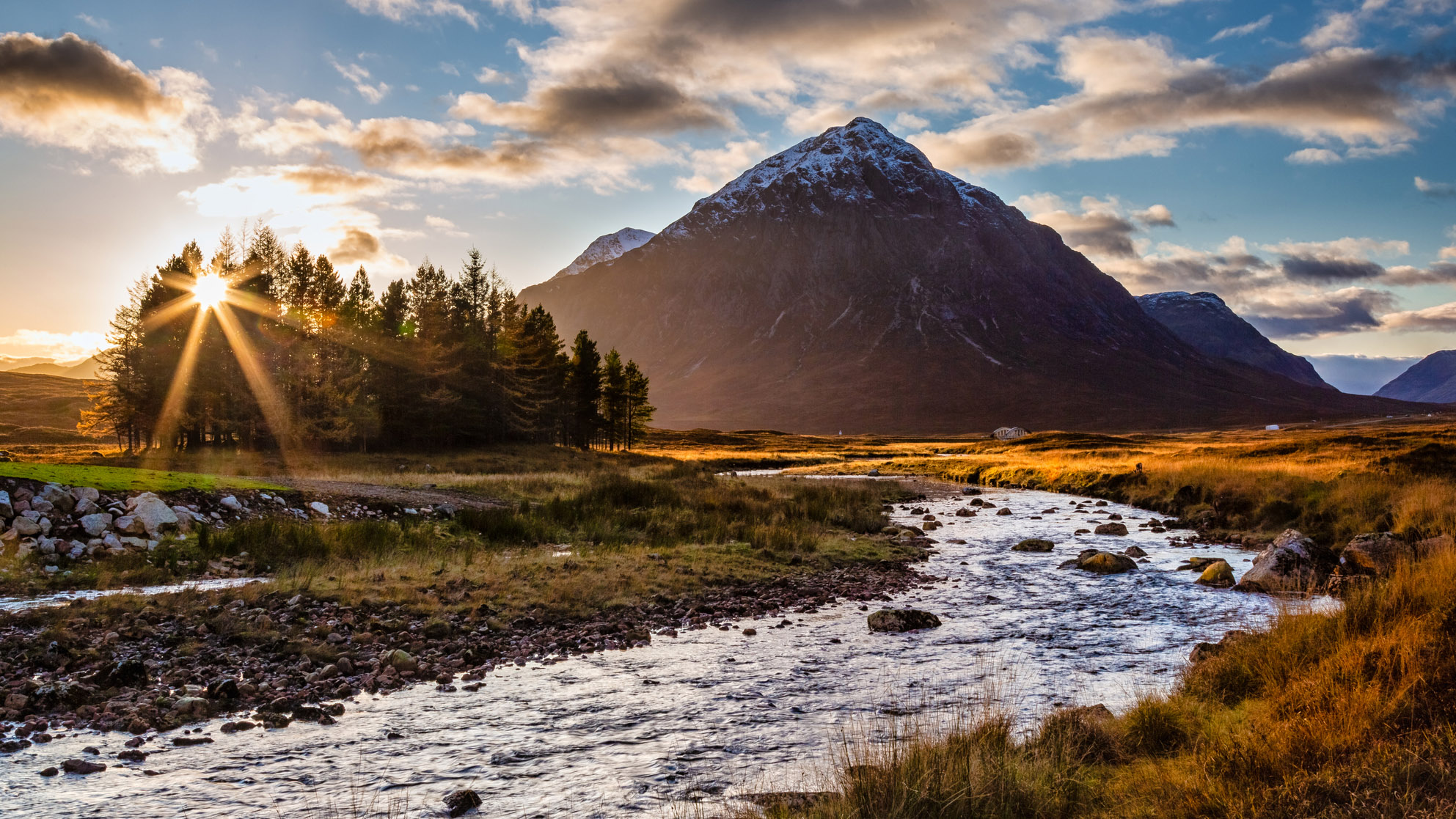
Part of the Skyline Scotland event, which also includes the famous Ring of Steall (sic) Skyrace, the 34-mile Glen Coe Skyline is arguably the most beautiful trail race in the UK. It’s also one of its most challenging, featuring grade 3 scrambling on mighty Buachaille Etive Mór’s Curved Ridge and sustained grade 2 scrambling on the infamous Aonach Eagach, a ridge that’s often cited as being the narrowest on the Scottish mainland. Runners effectively take on four separate mountain massifs – Buachaille Etive Mór, Buachaille Etive Beag, Bidean Nam Bian and the Aonach Eagach – entailing some 4,750 meters of elevation gain.
The race is in its infancy, with only 7 editions since the inaugural race in 2015. Trail running’s power couple Kilian Jornet and Emelie Forsberg have two wins in the male and female races respectively. Forsberg’s 2015 and 2017 successes came either side of Jasmin Paris’ 2016 triumph.
The 100-milers
The 100-mile distance has a unique allure. Just like 10k, half marathon and marathon, 100 miles has become something of a benchmark. However, for most people, getting a PB isn’t a big deal in the way that it is for a 10k or a marathon. When it comes to 100 miles, just finishing is a massive achievement.
Hardrock 100
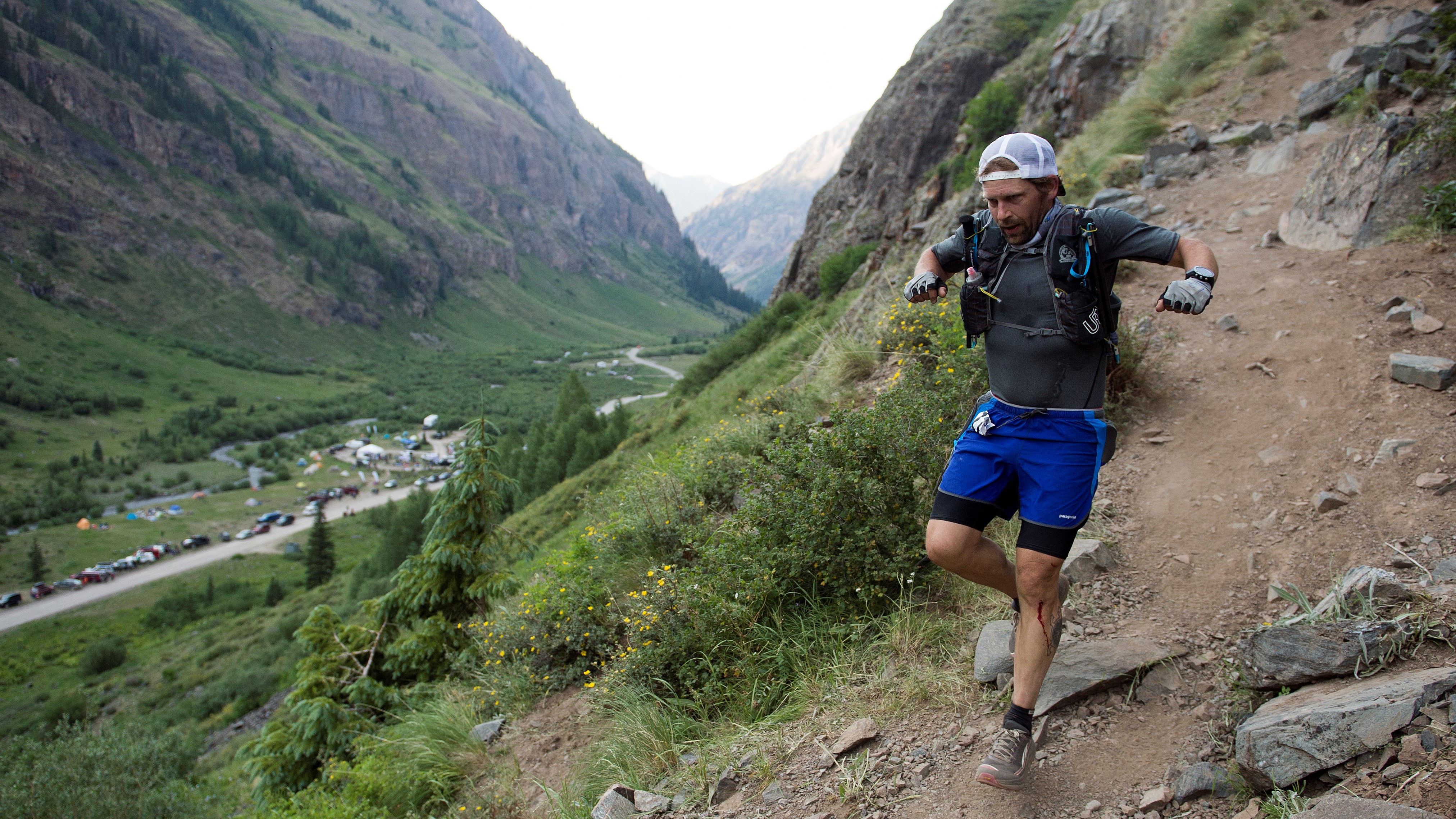
Colorado’s Hardrock Hundred Mile Endurance Run is a savage, high-altitude race across the San Juan Range. Since the inaugural race in 1992, which featured just 18 runners, it has risen to become one of the world’s most iconic trail races. It’s the fact that so much of the race takes place at altitude – between 7,680 and 14,048 feet – and that it's exposed to hugely challenging conditions that makes for such an alluring prospect to the world’s running elite.
The loop links the historic mining towns of Silverton, Telluride, Ouray and Lake City and requires a huge amount of mountain nous to overcome the rugged terrain. To keep things fresh, the loop is run in the opposite direction each alternating year. Rather than a traditional finish line, runners complete the course by kissing a mountain goat-emblazoned hunk of rock.
The great Courtney Dauwalter has dominated the last three women’s races, improving the female course record each time in the process. She’s still got a few more to win to beat fellow American Betsy Kalmeyer’s haul of five wins during a remarkable 10-year period between 1996 and 2006. Kilian Jornet enjoyed four wins on the bounce between 2014 and 2017 and added a fifth triumph in 2022 to join legendary Utah-based ultra runner Karl Meltzer, nicknamed Speedgoat Karl, as the race's most decorated male runner.
Western States 100
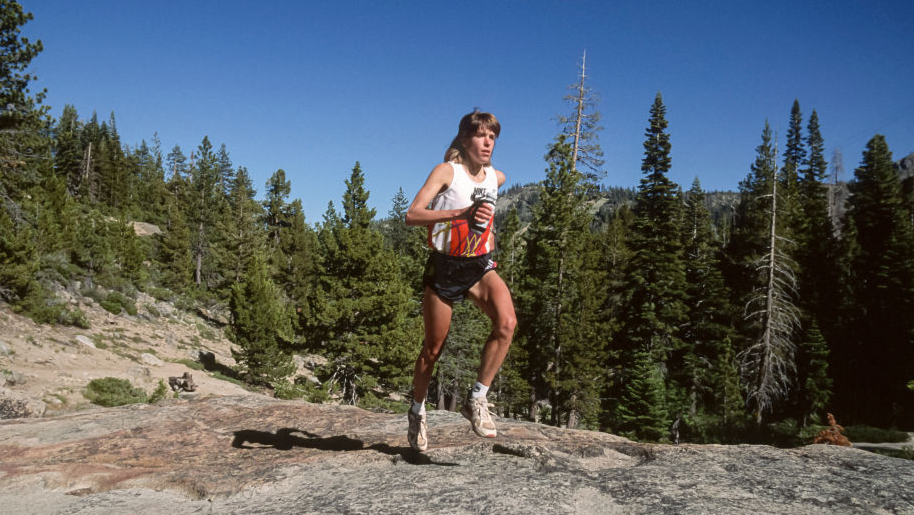
The Western States Endurance Run is perhaps the best known 100-mile race in the US and also the oldest in the world. It was originally a horse-riding challenge, the Western States Trail Ride, or Tevis Cup as it is more commonly known. The riding challenge has taken place annually since 1955, though the idea of covering the ground on foot only began in the 1970s. In 1974, Gordy Ainsleigh completed the course , proving it could be done as a running challenge. Similar feats followed in the next few years and the first official Western States Endurance Run took place in 1977, attracting 14 runners. It has rapidly grown in popularity since, though only 369 entrants are allowed each year.
Like Hardrock, Western States utilizes breathlessly remote trails that were originally used by miners. Now these trails are part of the iconic Western States Trail and they see competitors taking on rugged terrain, river crossings and more. It starts at Olympic Valley and ends in Auburn, entailing about 18,100 feet of elevation gain and 23,000 feet of descent.
The race has produced many great stories and made household names out of some of its great champions. In the woman’s race, Ann Trason’s incredible monopoly on first place between 1989 and 2003 is unlikely to ever be repeated. The Californian great won the race 14 times in 15 years. Scott Jurek enjoyed a similar, if shorter, period of dominance in the men’s race between 1999 and 2005, winning seven consecutive races. The current women’s record of 15 hours, 29 minutes and 34 second is held by Courtney Dauwalter, who won the race on her way to the famous Triple Crown in 2023. Jim Walmsley has won four of the last six men’s races, setting a course record of 14 hours, 9 minutes and 28 seconds in 2019.
Ultra Trail du Mont Blanc
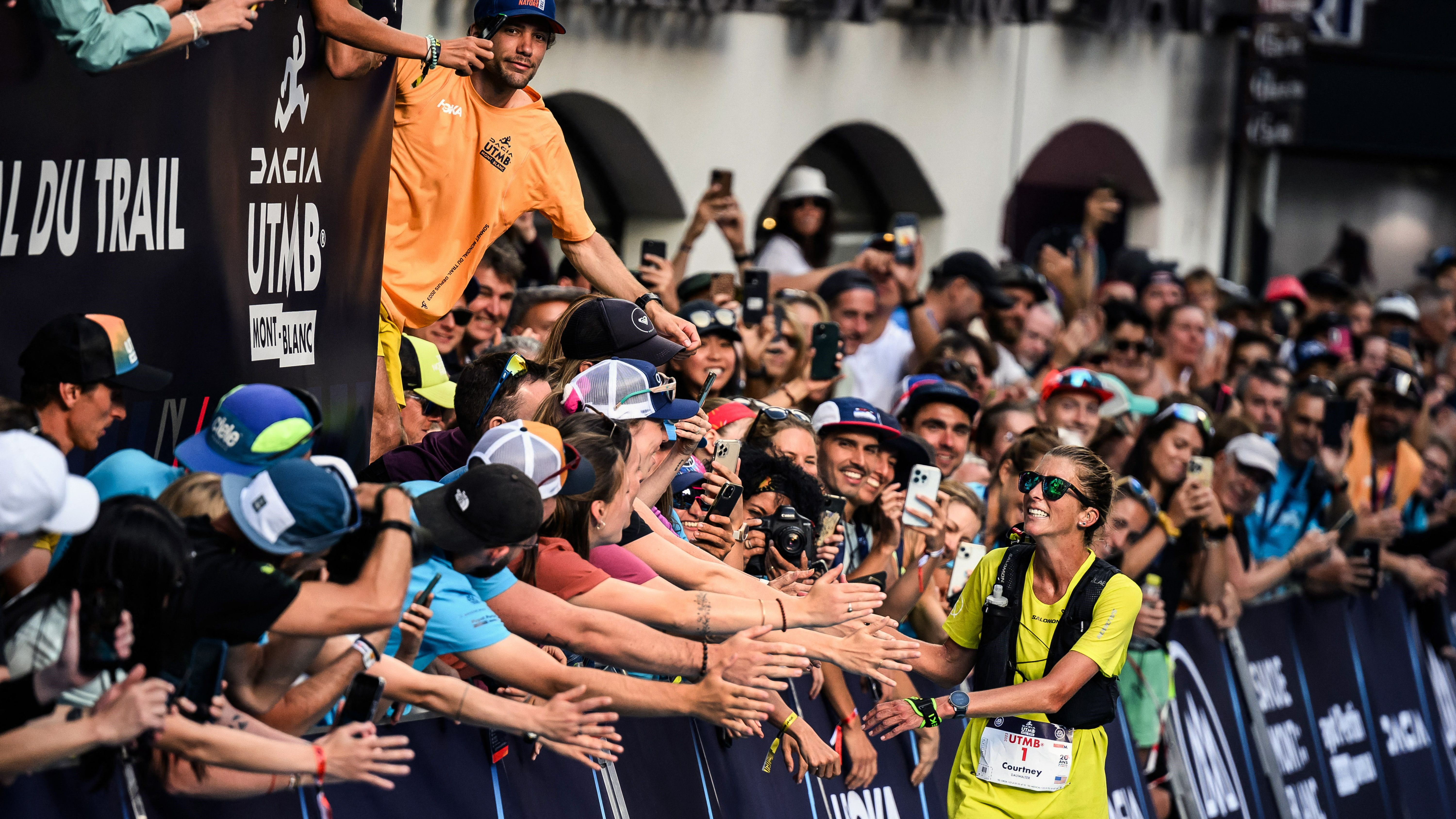
The Ultra Trail du Mont Blanc (UTMB) has quickly grown to become the world’s most prestigious trail race and is unofficially considered to be trail running’s world championships. Starting and finishing in Chamonix, runners complete a gruelling 106-mile loop of the Mont Blanc massif. The run entails around 10,000 metres of elevation gain, as runners tackle the alpine cols, passing from France, into Italy, then Switzerland and back into France.
First run in 2003, UTMB has seen many iconic triumphs. Kilian Jornet is the race’s most decorated male runner, winning on four occasions in 2008, 2009, 2011 and again in 2022. British runner Lizzy Hawker has won the women’s race an incredible five times, in 2005, 2008, 2010, 2011 and 2012. Her first victory was particularly notable given that she’d not owned a pair of trail running shoes until 10 days before the event. Two Americans, Katie Schide and Courtney Dauwalter, have dominated the last five race women’s races. Dauwalter’s third victory in 2023 saw her complete the unprecedented Triple Crown of Western States, Hardrock and UTMB victories in a single season.
While the UTMB is a single race, it sits as the centerpiece of a weeklong series of races and events – a true festival of trail running. Such is its popularity that, in order to gain a place, runners have to enter a ballot by collecting ‘Running Stones’ from other races in the UTMB World Series, which comprises more than 50 other superb trail races right across the globe.
Barkley Marathons
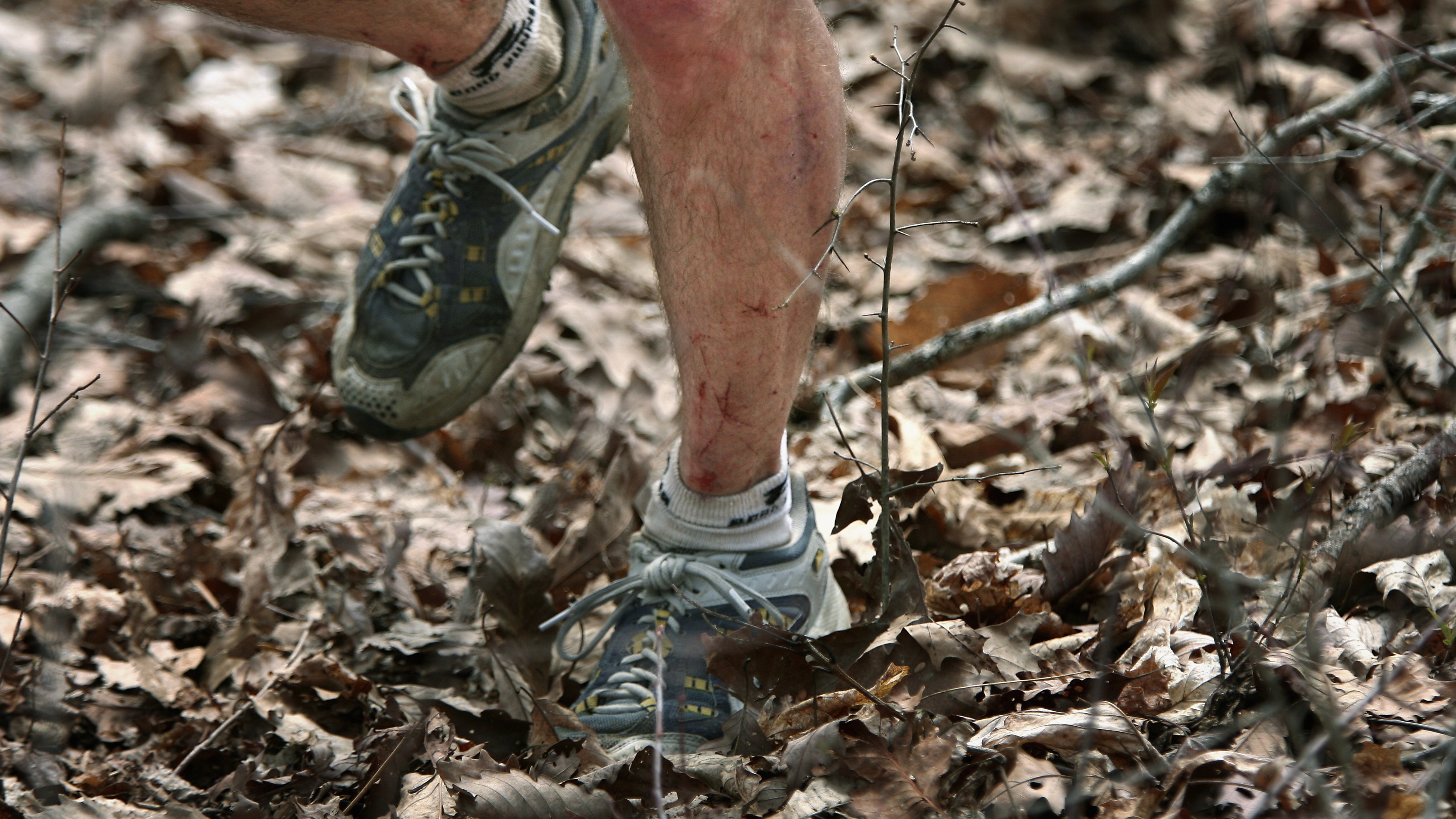
‘The Race That Eats Its Young’ – the Barkley Marathons is an esoteric (to say the least) outlier. On the surface, the premise is relatively simple – runners are challenged to complete five loops of a 20-mile course in Tennessee’s Frozen Head State Park. However, the challenge is anything but simple, as competitors (or victims) have to negotiate incredibly rough, dense, woodland terrain, taking on 15,000 meters of elevation gain, while collecting pages from books to prove their arrival at the various checkpoints. Technically, this makes it more akin to a fell race than a trail race, as participants are required to navigate pathless ground, rather than follow a designated trail.
Even gaining entry in the first place is hugely challenging, with applicants required to write an essay on why they should be allowed to enter, as well as answer a range of bizarre questions put to them by race organizer Gary ‘Lazarus Lake’ Cantrell. Only 40 runners bag a place on the start line each year.
This strange event was inspired by the escape of James Earl Ray from Brushy Mountain State Penitentiary in 1977. After 54 hours on the run, Ray had managed about 8 miles. Organizer Lazarus Lake reckoned he could have done at least 100 miles in the time and the idea was born. The inaugural race was in 1986, though the current 20-mile lap model first appeared in 1995.
The race in its current form has only been completed 26 times by 20 separate runners. Mark Williams was the first to finish the updated course (though it continues to be altered each year) in 1995 and it took until 2001 for anyone else to complete the feat. Utah-based Jared Campbell has completed the course for a record four times, in 2012, 2014, 2016 and 2024. He was one of five finishers in 2024, when British runner Jasmin Paris made history, becoming the first woman to complete the challenge, crossing the line with 99 seconds to spare.
The multi-day adventures
Some undertakings are so huge that they’re best done in stages. The rise of multi-day adventure races opens up the possibility of truly epic undertakings – experiences that last for a week or even longer.
Dragon’s Back Race
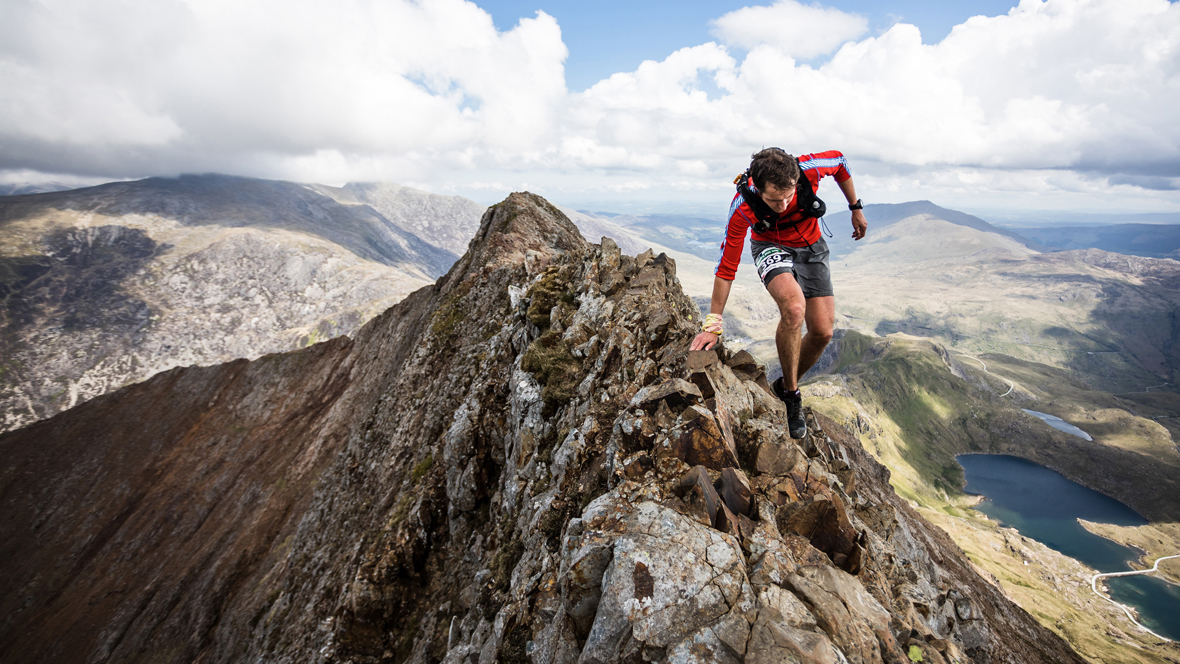
The Dragon’s Back Race is a legendary 236-mile, 6-stage race across the hilly and, at times, mountainous backbone of Wales, from the Conwy Castle on the north coast to Cardiff Castle in the south. It’s thought to be one of the toughest races in the world. A baptism of fire on day one sees participants running across the mountains of northern Eryri (Snowdonia), which includes technical scrambling on the iconic Tryfan and the knife-edge traverse of Crib Goch. From here, the route heads through southern Eryri, across Wales’ remote, hilly heartland and to the Bannau Brycheiniog (Brecon Beacons) National Park, before finishing in the capital. Like the Barkley Marathons, it’s not technically a trail race, as runners have the freedom to choose their own route between checkpoints, though the quickest lines often follow known trails.
First run in 1992, it took 10 years before the second iteration in 2012 and until 2021 for it to become an annual event. 2021 was also the year that the route was expanded to 6 days, finishing at Cardiff Castle. Previous winners include Jasmin Paris, who was the first woman to cross the line in 2015. Paris famously went on to become the first woman to complete the gruelling Barkley Marathons in 2024.
Marathon des Sables
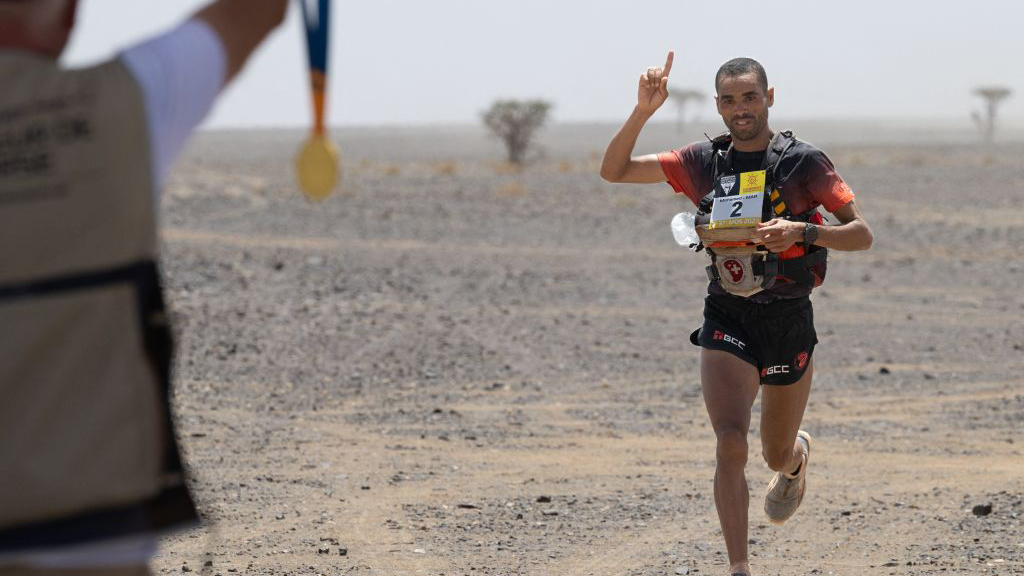
Morocco’s Marathon des Sables offers a different kind of challenge. This 6-stage, 160-mile race sees runners tackle the brutal terrain and heat of the Sahara Desert. Some consider it to be the most savage foot race on the planet. The concept was dreamt up by Frenchman Patrick Bauer, who traversed the Sahara solo in 1984. The first race was run in 1986, with 23 participants. It has since surged in popularity, leading to the formation of an association that manages the race and supports Morocco’s disadvantaged populations.
French and Moroccan runners have dominated the male race over its 38 editions, winning all but three. Moroccan Rachid El Morabity has won it 10 times since 2011, while his brother Mohamad won it in 2023. Sibling success has long been a theme in the race, with brothers Lahcen and Mohamad Ahansal enjoying 10 and 6 triumphs respectively between 1997 and 2013. Wins in the women’s race has been shared across many nations and no one runner has managed to achieve dominance for more than two years, though Luxembourg’s Simone Kayser was triumphant in 2002, 2004 and 2005.
Like the UTMB, its success has led to many spinoff races and events. These days there are alternative Marathon des Sables adventures in places as far flung as Jordan, Namibia, Cappadocia, Fuerteventura and Peru.







